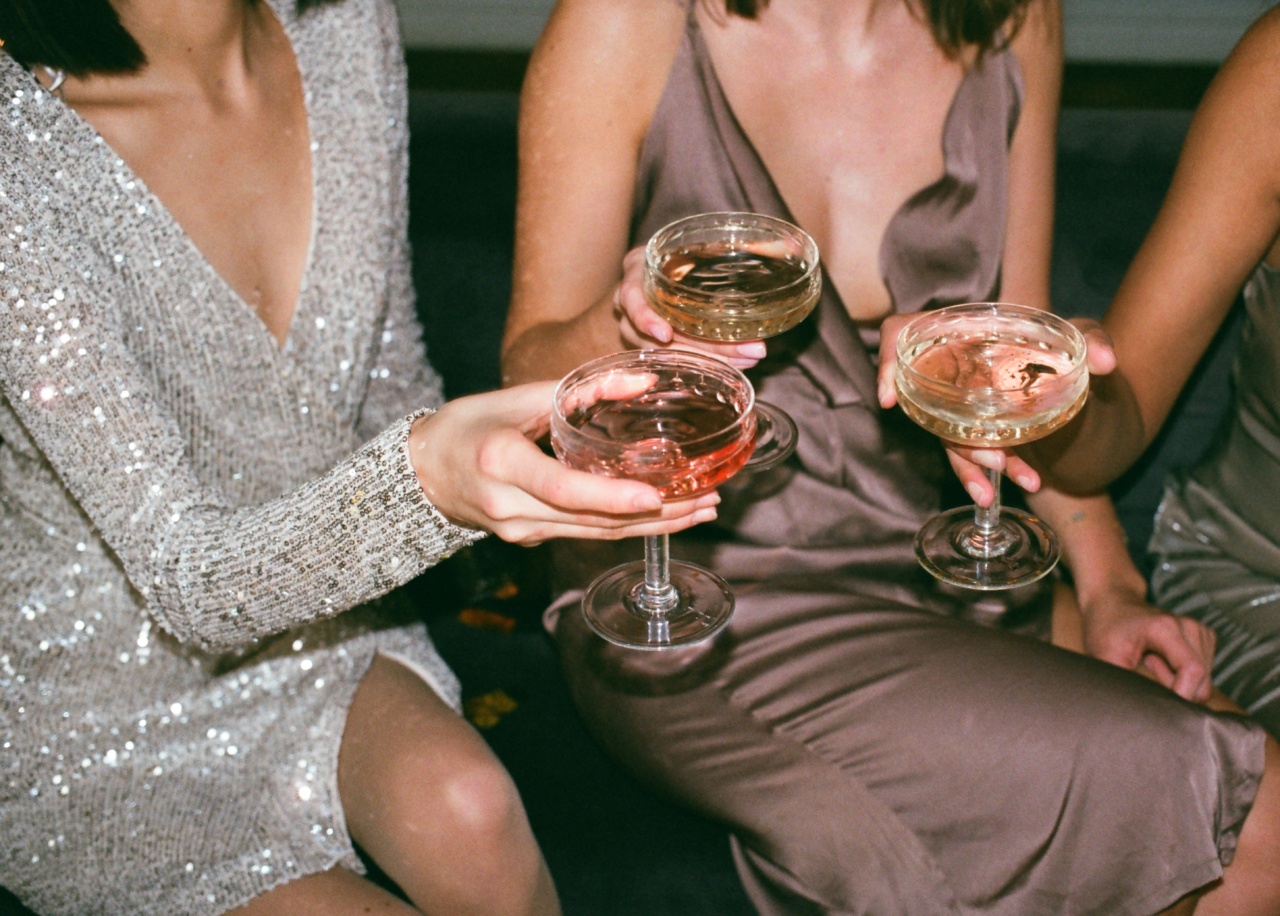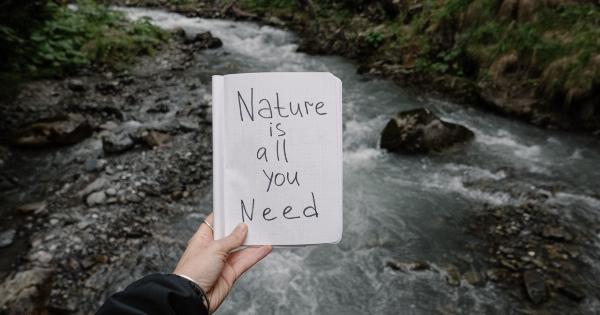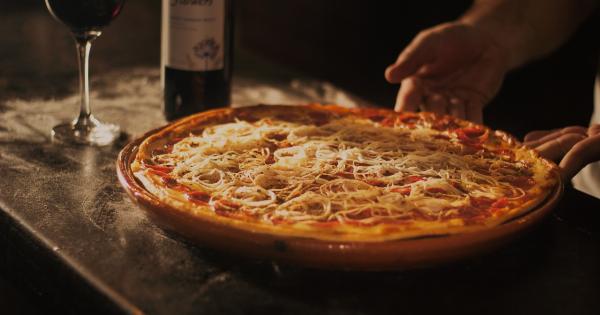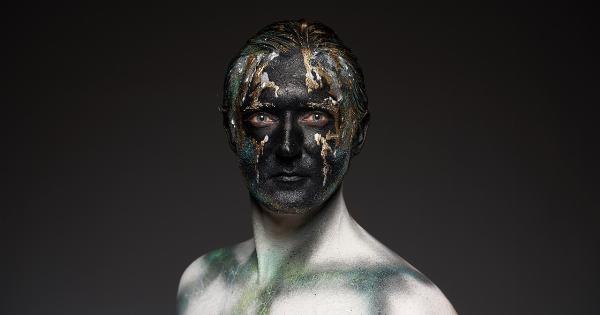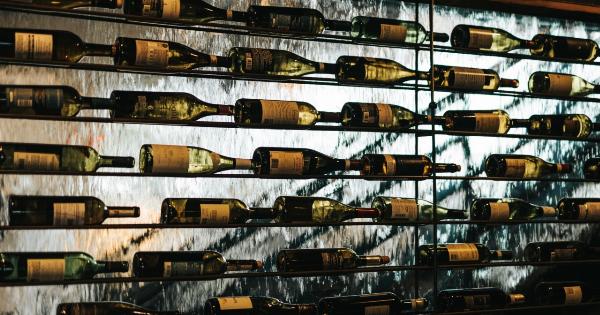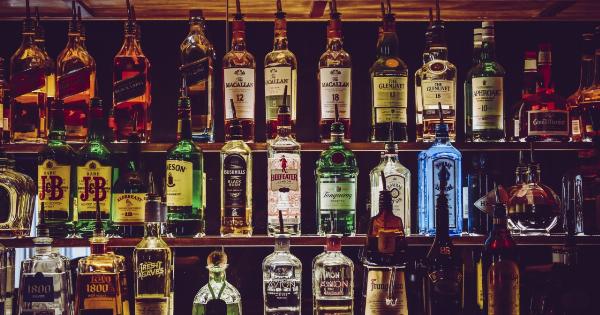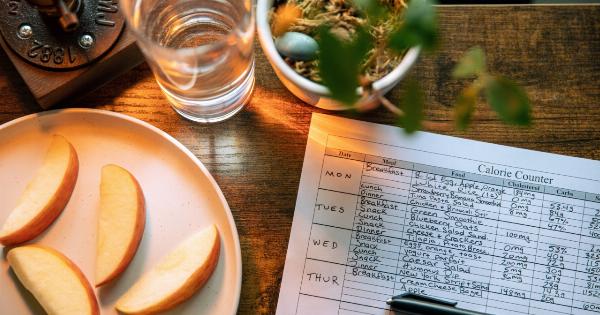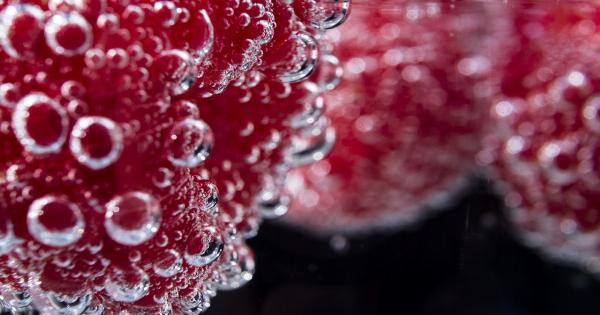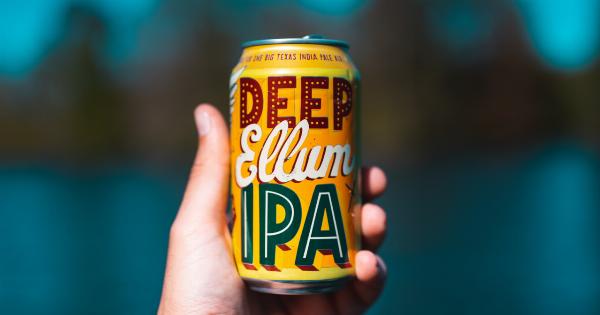Welcome to “Champagne 101: The Ultimate Guide”! Whether you are a novice or a seasoned aficionado, this comprehensive guide will provide you with all the knowledge you need to fully appreciate and enjoy the sparkling beauty that is Champagne.
What is Champagne?
Champagne is a type of sparkling wine that originates from the Champagne region in France. It is known for its effervescence, elegant bubbles, and distinctive taste.
Champagne is produced using a specific method known as the traditional method, or méthode champenoise.
Understanding Champagne Types
There are various types of Champagne, each with its own unique characteristics:.
1. Non-Vintage Champagne
Non-vintage Champagne is a blend of wines from different years. It is the most common type and is known for its consistency and accessibility. Non-vintage Champagnes carry a specific style that represents the house’s signature taste.
2. Vintage Champagne
Vintage Champagne is made from grapes harvested in a specific year (also known as a “vintage”). It is produced in outstanding years when the quality of the grapes is exceptional.
Vintage Champagnes tend to have more complexity and age-worthy potential.
3. Rosé Champagne
Rosé Champagne gets its pink hue from the skins of red grapes that are included during the winemaking process. The addition of these skins gives Rosé Champagne its delicate color and unique flavor profile.
4. Blanc de Blancs Champagne
Blanc de Blancs Champagne is made exclusively from white Chardonnay grapes. It is known for its crisp, mineral-driven qualities and often exhibits notes of citrus and green apple.
5. Blanc de Noirs Champagne
Blanc de Noirs Champagne is made exclusively from red Pinot Noir and/or Pinot Meunier grapes. Despite being made from red grapes, it appears white as the juice is quickly separated from the skins.
This Champagne type typically offers richer and fuller flavors.
The Champagne Production Process
The production of Champagne involves several key steps:.
1. Harvesting
The grapes used in Champagne production are hand-picked to ensure the utmost quality. They are typically harvested slightly earlier than grapes destined for still wines, to achieve the desired balance of acidity and sugar levels.
2. Pressing
After harvesting, the grapes are gently pressed to extract the juice. The juice is then stored in tanks or barrels for the initial fermentation process.
3. Primary Fermentation
During primary fermentation, yeast is added to the grape juice to convert the sugars into alcohol. This takes place in stainless steel tanks or oak barrels.
4. Blending
Blending plays a crucial role in Champagne production. Non-vintage Champagnes are often a blend of wines from multiple years to achieve consistency in flavor. Master blenders work tirelessly to create harmonious blends that reflect the house style.
5. Secondary Fermentation
The secondary fermentation is the stage where the magic happens. The base wine, along with additional sugar and yeast, is bottled and sealed with a crown cap.
As fermentation occurs, carbon dioxide is trapped inside the bottle, resulting in the formation of bubbles.
6. Aging
Champagne undergoes aging on its lees (dead yeast cells) for a minimum of 15 months, as required by the appellation regulations. Vintage Champagnes are aged for a longer period, developing greater complexity and depth of flavor.
7. Riddling and Disgorgement
Riddling is the process of gradually tilting the bottles and bringing them neck-down in order to move the lees toward the bottle’s neck.
After riddling, disgorgement occurs, which involves freezing the neck of the bottle, removing the frozen yeast plug, and quickly resealing the bottle with a cork and wire cage.
8. Dosage
Once the disgorgement is complete, a small amount of “dosage” (a mixture of still wine and sugar) is added to balance the Champagne’s acidity and provide the desired sweetness level.
The amount of dosage determines the Champagne’s final category, such as brut, extra brut, sec, or demi-sec.
9. Corking and Aging
After dosage, the bottles are corked, labeled, and aged for a period determined by the producer. This further aging allows the Champagne to develop its unique flavors and aromas.
10. Opening and Serving
When it comes to Champagne, the right serving temperature and glassware are essential. Champagne should be served chilled, but not ice-cold, to fully appreciate its bouquet and flavors. The ideal temperature is around 45 to 48 degrees Fahrenheit.
When opening a bottle of Champagne, hold the cork firmly while gently twisting the bottle.
The sound of a Champagne cork popping is one of life’s joyful moments! Pour the Champagne into flute or tulip-shaped glasses to ensure the aroma is concentrated and the bubbles are preserved.
Pairing Champagne with Food
Champagne’s versatility allows it to be paired with a variety of foods. Here are some popular pairing suggestions:.
1. Seafood
The briny flavors of oysters, lobster, and shrimp pair exceptionally well with the crisp acidity and effervescence of Champagne.
2. Cheese
Soft and creamy cheeses like Brie and Camembert complement Champagne’s delicate bubbles. Hard cheeses like aged Gouda and Parmesan also make for delightful pairings.
3. Poultry and White Meat
Champagne’s acidity cuts through the richness of poultry and white meat dishes, making it an excellent choice to accompany roast chicken or turkey.
4. Sushi and Asian Cuisine
The umami flavors of sushi and the complex flavors of Asian cuisine find a harmonious match in Champagne. The effervescence helps cleanse the palate between bites.
5. Desserts
Champagne can be paired with a wide range of desserts, including fruit tarts, macarons, and even mild chocolate-based desserts. Opt for sweeter Champagne styles for these pairings.
The Art of Champagne Tasting
When tasting Champagne, it’s important to follow a few guidelines to fully appreciate its nuances:.
1. Appearance
Observe the Champagne’s color, clarity, and bubbles. Colors can range from pale yellow (Non-Vintage) to deeper gold (Vintage). Note the size and persistence of the bubbles, as finer bubbles often indicate higher quality.
2. Aroma
Swirl the Champagne gently in your glass to release its aromas. Take a few quick sniffs to detect the primary aromas (fruits, flowers, bread, etc.) and the secondary aromas derived from the aging process (brioche, almond, toast, etc.).
3. Taste
Take a small sip and let the Champagne spread across your palate. Pay attention to the balance between acidity, sweetness, and alcohol. Notice the flavors and the Champagne’s overall structure.
Is it light-bodied and refreshing or full-bodied and rich?.
4. Finish
The finish is the sensation that lingers after swallowing. Does it leave a pleasant aftertaste? Is it long-lasting? A good Champagne should have a lingering finish that invites you to take another sip.
Champagne Etiquette
Champagne is synonymous with celebration and elegance, and proper etiquette adds to the experience:.
1. Opening Champagne
When opening a bottle of Champagne, hold the cork firmly while gently twisting the bottle. The pressure inside will push the cork out with a satisfying pop.
2. Pouring Champagne
Hold the bottle at a slight angle while pouring to prevent excessive foaming. Fill each glass only two-thirds full to allow room for the Champagne’s aromas to concentrate.
3. Toasting
When toasting, raise your glass with enthusiasm. Make eye contact with each person you clink glasses with and maintain eye contact while taking a sip.
4. Storing Champagne
Champagne should be stored in a cool, dark place away from sunlight and temperature fluctuations. The ideal temperature is around 53 to 57 degrees Fahrenheit.
The Joy of Champagne
Champagne evokes joy, celebration, and the finer things in life. Its effervescence tickles the senses and its flavors dance on the palate.
Whether you’re toasting a special occasion or simply savoring its elegance, Champagne is a timeless indulgence that never fails to delight.
